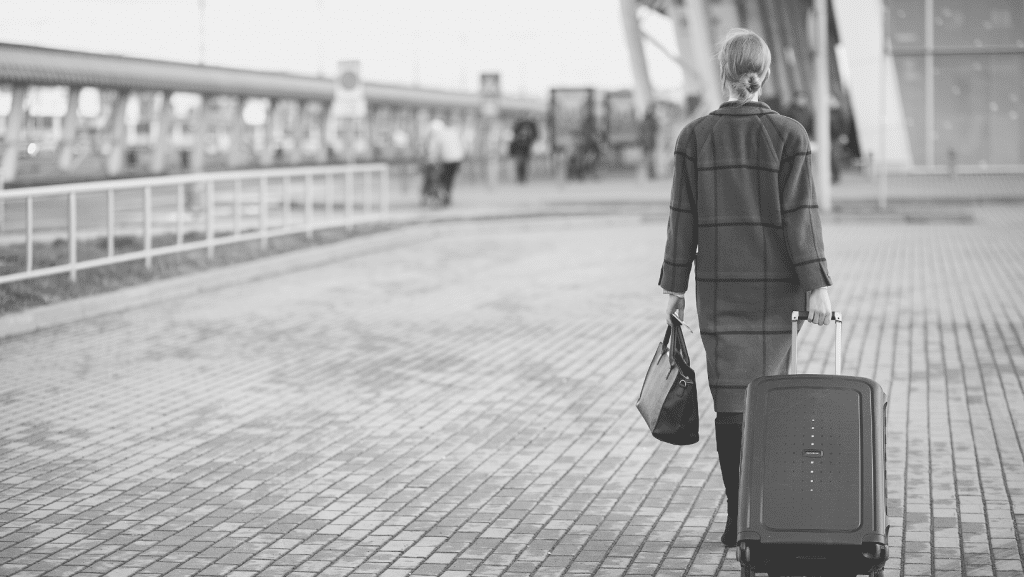
Post COVID travel is definitely different, but is it worth it? What do you need to know and how can you plan appropriately for your next voyage abroad? Here are a few things we recommend before you take off for your next international trip.
Last summer as the world was starting to reopen and everyone over 12 was vaccinated, we decided to book a trip to Europe for Thanksgiving. We had already made our summer plans and frankly, I didn’t really want to be the one to test out international travel first. In the next few days we saw many friends take the leap and we marveled at their bravery. And then a few days later the Delta variant appeared and we immediately started to rethink our plans. In the end we decided to go because we felt we could do it safely. And we learned in 2020 that you can’t always go where you want when you want, so we really felt strongly that if we had the chance we needed to take it.

1. Be Prepared to Be Flexible
Traveling in a post-COVID world is definitely different… and it is constantly changing. Here are a few recommendations on things to help you to be ready be prepared for your trip, but you also have to be willing to change course if something changes.

2. Consider Buying Travel Insurance
The need for travel insurance is definitely greater today than ever before. We have used SquareMouth in the past because they offer a wide range of reasonably priced plans that provide coverage if you cannot travel due to COVID, have to change your plans mid trip and/or can’t get home. Make sure to check the box for policies with COVID coverage. I would also recommend checking the box for coverage that is good in the Schengen Zone if you are going to Europe. These plans offer health insurance coverage if you need it while you are away.
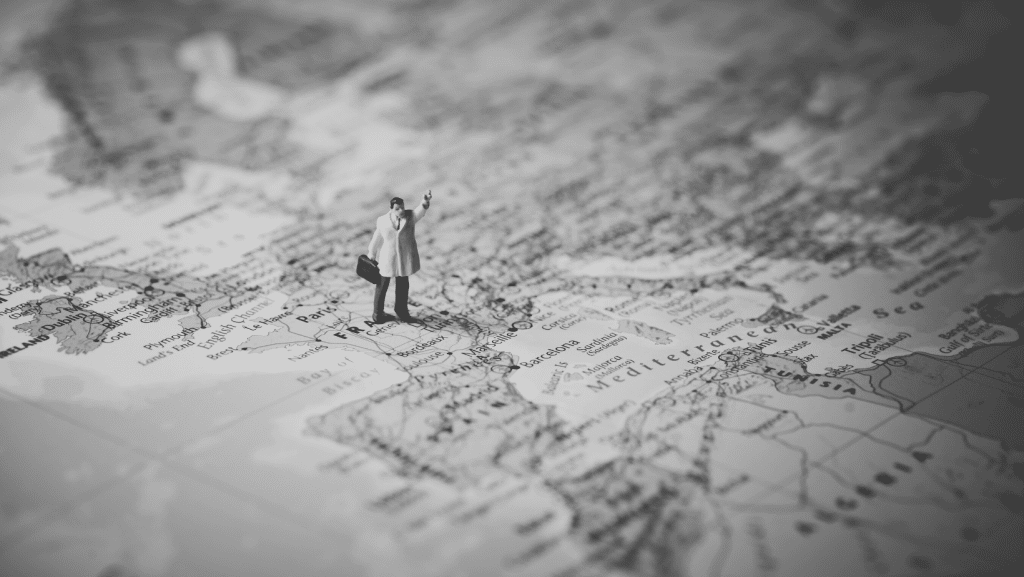
3. Know The Rules For Where You’re Going
Requirements for forms, vaccination, CDC cards, testing, and masks are different in every country and the expectation is that if you are there you know the rules. A quick visit to Sherpa will give you an overview of the most recent information. This website is amazing. You put in your vaccination status and country of origin as well as where you are going and the dates of your trip and it will give you the most up to date information on that country’s requirements.
dPLFs
Most countries are requiring that anyone who sets foot in their country will complete a digital passenger locator form (dPLF) ahead of time. The forms vary by country, but are required if you are visiting or transiting through (layover). All of the forms I completed required you to specify which countries you had visited in the last 14 days as well as your flight number and your seat number on your arriving flight and your contact information while traveling. Some countries allow you to complete one form for the whole family, while others require separate forms for each adult. Some countries require you to upload a copy of your proof of vaccination (CDC card). None of the forms could be completed more than a day or two in advance.
Once complete, you will receive a QR code by e-mail that will need to be shown in that country. If you are transiting, when you show your code specifying transit – they may request to see your ticket for your flight out and/or your lodging reservation in your destination country.
We transited through Switzerland on our way to Spain and then went to Italy and then transited through Spain on our way home. The form for Switzerland was tied to our passports, so we did not need to show the separate QR code, but the customs official there wanted to see both our tickets for the flight to Spain and our lodging reservation in Spain. When we arrived in Spain there was a separate check in area between our gate and baggage claim where the QR for each of us was scanned before we could exit. In Italy we were not required to show the QR code at the airport. When we transited back through Spain on our way home we again had to show the QR code, but we also had to show our ticket home.
Vaccination, CDC Cards and Testing
Most countries are requiring you to show proof of vaccination before you arrive. Many are now requiring testing as well. We were asked to show our CDC cards at customs when we arrived in Europe, as well as before entering any building in Rome – museum, church, restaurant, etc. We were also asked to show our CDC cards before boarding our flights between European destinations.
Masks
Every indoor venue we entered in Europe required masks, including restaurants until you were seated. Unlike here at home, the vast majority of people in Europe were wearing surgical masks for N95 masks. There were very few fabric masks. We had brought surgical and N95 masks, but did use our fabric masks a few times and didn’t have any trouble.
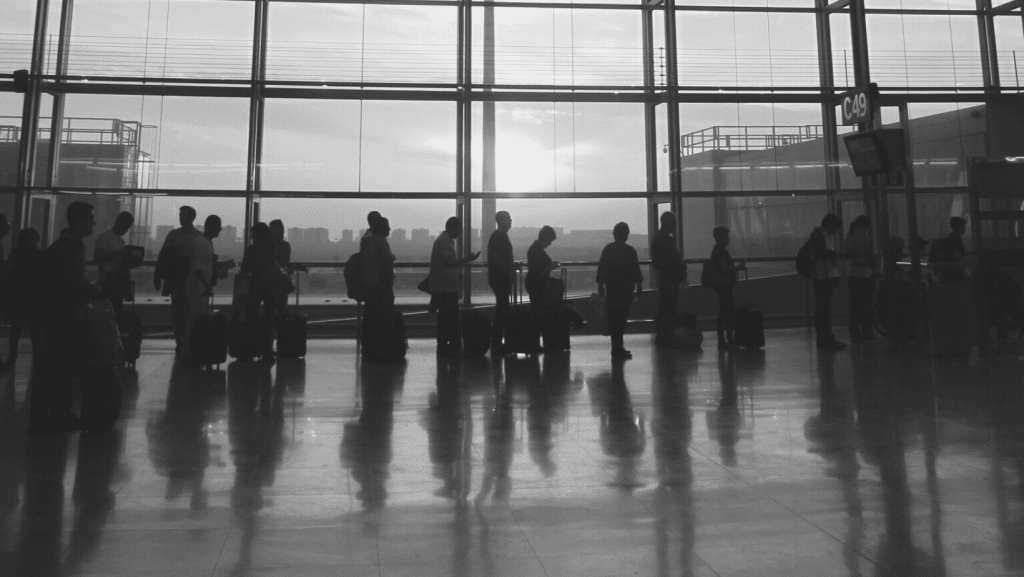
4. Allow Extra Time in the Airport
As a result of the extra checks, be sure to leave yourself some extra time getting into and out of the airport. We had a 3.5 hour layover in Madrid. We were switching airlines, so we had to collect our bags and recheck them. We had to scan all of our QR codes for transiting through Spain to get to the bags. Then when we went to recheck them, we had to show our passports, CDC cards and negative tests to be able to check into the next flight. We made it, but there wasn’t a moment to spare.
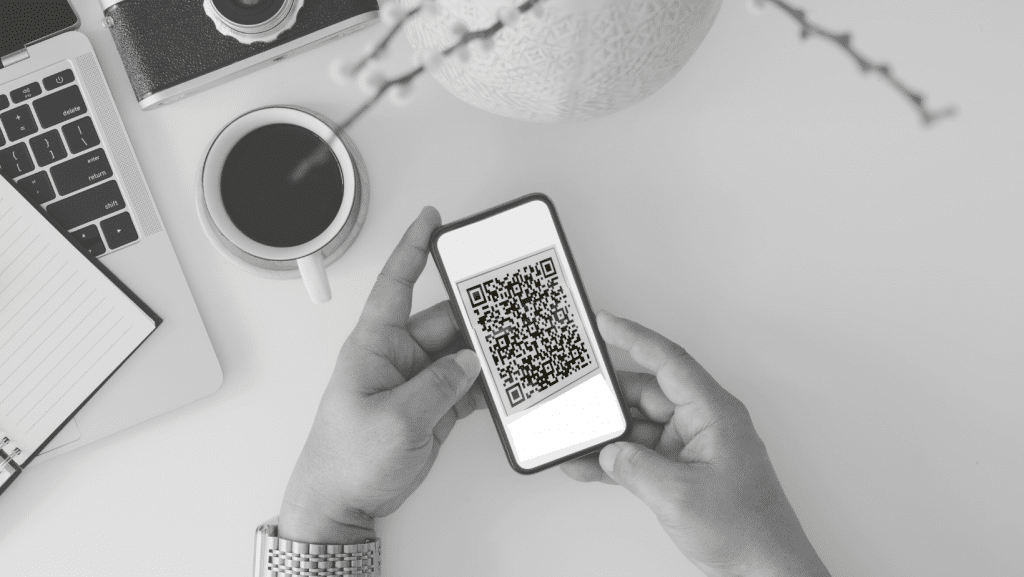
5. Buy Your Tickets Ahead of Time
We had planned a trip to Rome for June 2020 that we had to cancel, but I had already done all of the research on the main places we wanted to visit when we rebooked for November 2021. In 2020, all of the main sites wanted you to line up for tickets outside. I had read that if you didn’t arrive early you could spend hours in line. When I went back to the websites to plan for 2021, every site wants you to buy your tickets ahead of time and there are no ticket windows. What a huge change! It was a little stressful for me at first because I sometimes like to switch things around, but in the end it was nice to know that they would be ready for us when we got there. And I could put all of our tickets on my phone, so I never worried that I might not have them with me when we arrived.
It turned out it was really important that we bought all of our tickets in advance because they sold out ahead of our arrival. I woke up at 5:30 a.m. to get tickets for our day at the Colosseum just to ensure that we could get in! And the Vatican Museum is only welcoming 10% of its normal visitors due to COVID limits – that’s a huge difference! But it meant that we were the only people in most rooms of the museum. Talk about a private experience!
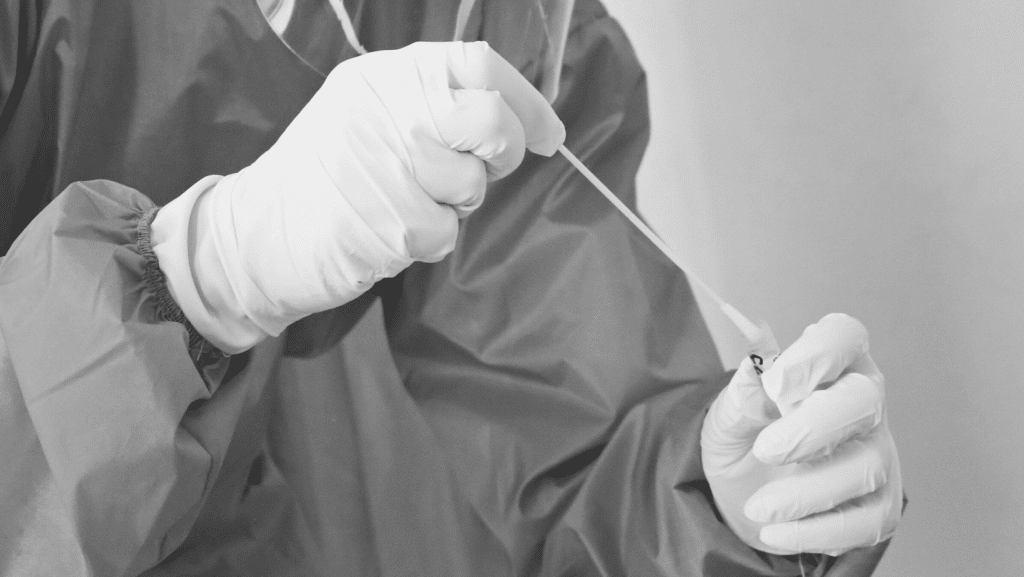
6. Have a Plan To Test
In a post-COVID world, finding a test to enter a new country or even to come home is just part of travel planning. If you’re testing to come back to the US, you will have to do it the day of your flight or the day before. If you are traveling to another country that requires testing you may have 48-72 hours. I highly recommend that you spend some time researching your options ahead of time so that you are not spending your vacation searching for a test. Here are a few things to consider.
Pharmacies, Labs and Hospitals
We found that there were pharmacies in Spain and Italy that offered tests, but not many that offered a test with the certification you need to travel. There are private labs and hospitals that can provide this testing, but it’s unlikely that it will be close to you and you will most likely need to have an appointment. Talk with the concierge at your hotel or your host if you’re staying in a vacation rental and ask for recommendations. You are certainly not the first person who has needed a test!
At Home Test Kit
You can purchase FDA approved home testing kits ahead of time from BinaxNow or Ellume to bring with you. Both companies require that you take the test during a video consultation with a health care provider who will certify the results of your test and provide you with the QR code needed for travel. You’ll need strong wifi and about 20-minutes per person. Last summer they got very backed up, but they seem to have added new staff to make the process more seamless.
Airport Test
We chose to make an appointment at the airport a few hours ahead of our flight. It was risky that we might have a false positive, but we felt that was best. We would all be together with all of our stuff and could make a decision about what to do at that point. Plus, we could have breakfast at the airport and relax a little while we waited for the results and not lose any of our vacation time. We found the staff to be extremely kind and helpful. The nurse swabbed our noses, but she swabbed the kids’ mouths and that made it so much more pleasant for them. Plus it only took 15 minutes to get results for all four of us, so we didn’t even get that luxury breakfast!

Traveling internationally was definitely different and a little more stressful, but we loved the opportunity to be in Europe again.
What have you experienced traveling internationally this year?


